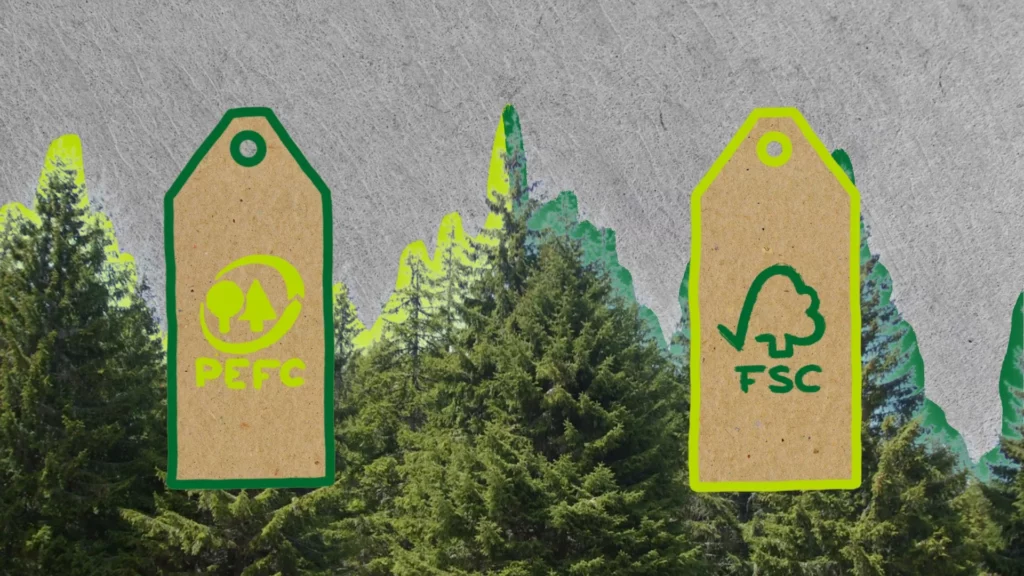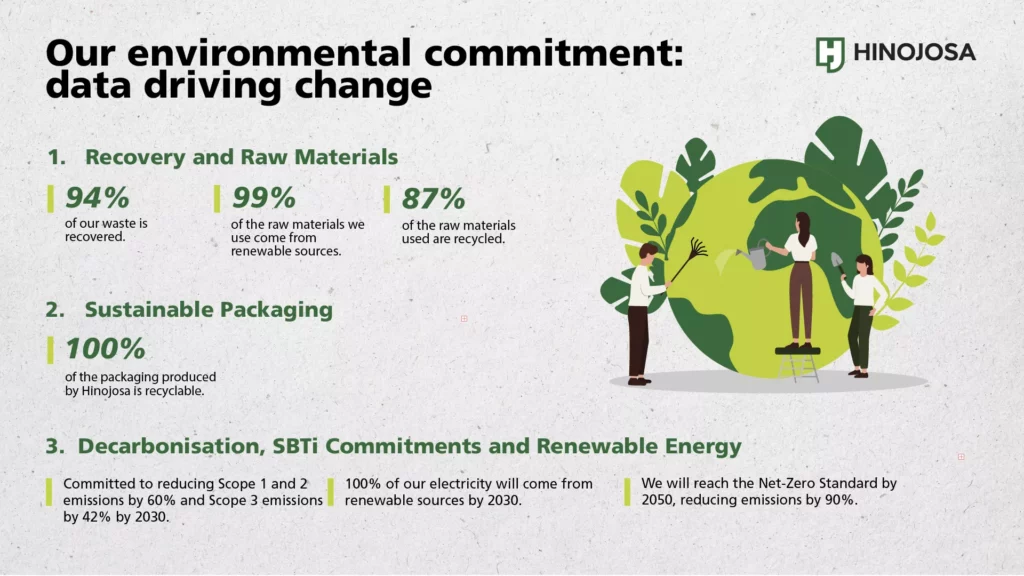“The durability of a building has nothing to do with the materials.” It seems inconceivable that this seemingly contradictory phrase came out of the mouth of an architect. However, this is the mantra of Shigeru Ban, one of the most renowned architects in recent decades. According to this principle, he has created works that have earned him the Pritzker Prize in 2014 and the Princess of Asturias Award in 2022, as well as dozens of other awards. Throughout his career, he has dedicated his work to the use of cardboard and paper as architectural materials, to develop innovative and meaningful constructions that go beyond the structural, acquiring an important humanitarian and ecological value.
Born in Japan in 1957, as a child Ban was very interested in artisan woodwork. He lived in a house built from wood, so there were frequent visits by various carpenters to carry out repairs. Fascinated by this craft, he later decided to study architecture at Cooper Union in New York.
There he began experimenting with the possibility of using cardboard tubes for construction. Soon he realised that they were highly resistant and tried out different applications in his structures. Convinced of the resistance of the material, he used it to build a weekend house at the foot of Mount Fuji to demonstrate the strength of cardboard to the authorities, who were sceptical about such an unorthodox use. However, Ban was relentless in his efforts and succeeded in drawing attention to the thermal and acoustic properties that make it an extremely useful material for industrial applications. In addition, because it is lightweight, it does not require very sturdy foundations such as concrete, thereby significantly reducing the cost of production and the time needed to erect a building. Of course it also drastically reduces the environmental impact of construction, key to the battle against climate change given that the building sector is responsible for more than 35% of global greenhouse gas emissions, according to the IEA (International Energy Agency).
The first time he implemented this technique was in 1985 at the Alvar Aalto exhibition in Tokyo, and since then, it has been an important pillar of his work. Moreover, Ban has shown his excellence through elegant and innovative constructions such as the Centre Pompidou-Metz, for which he built a complex roof structure inspired by a Chinese hat. In 2014, this and other works earned him the Pritzker Architecture Prize, the world’s premier award in architecture.
However, perhaps what makes this architect one of the most highly regarded is his commitment to society and to the environment. He demonstrated this commitment at Expo 2000 in Hannover, where, under an environmental theme, all pavilions were built from materials that could be recycled upon dismantling. According to these principles, he was commissioned to build the Paper Pavilion representing Japan, his native country.
Beyond his achievements as an architect, Shigeru Ban has demonstrated a genuine commitment to the realities of his time. In 1994, Ban was struck by the plight of refugees of the Rwandan genocide and how the United Nations distributed emergency materials such as tents. Upon seeing this, he proposed a project to UNHCR to build emergency houses made from recycled cardboard tubes for refugees. This developed into a refugee camp in Northern Rwanda with Ban as a consultant. One year later, this type of architecture for disaster relief would be used again after the Kobe earthquake: in this instance, small houses were erected in less than a day from beer boxes full of sand as a foundation and Ban’s famous cardboard tubes to complete the structure. His refuges for victims of the earthquake stood intact for a year before being recycled, while the church and community centre built in the same way lasted for an entire decade.
This was only the first of 22 Disaster Relief Projects which Ban and his team carried out in the following years in places such as Haiti, India, Turkey and finally, in New Zealand, which was one of the most emblematic among his architecture for disaster relief. The earthquake which shook the island in 2011 destroyed an Anglican Church that was much loved by its inhabitants yet two years later Ban erected the renowned “Paper Cathedral” as a symbol of strength and determination for the community.
With his works, Ban goes beyond demonstrating the strength of cardboard; he does not only achieve technical milestones that defy the laws of engineering and physics. Nor do these works only have value in the context of humanitarian crises; rather, they are an ode to environmentalism, to caring for the world around us and to the people who inhabit those spaces.



